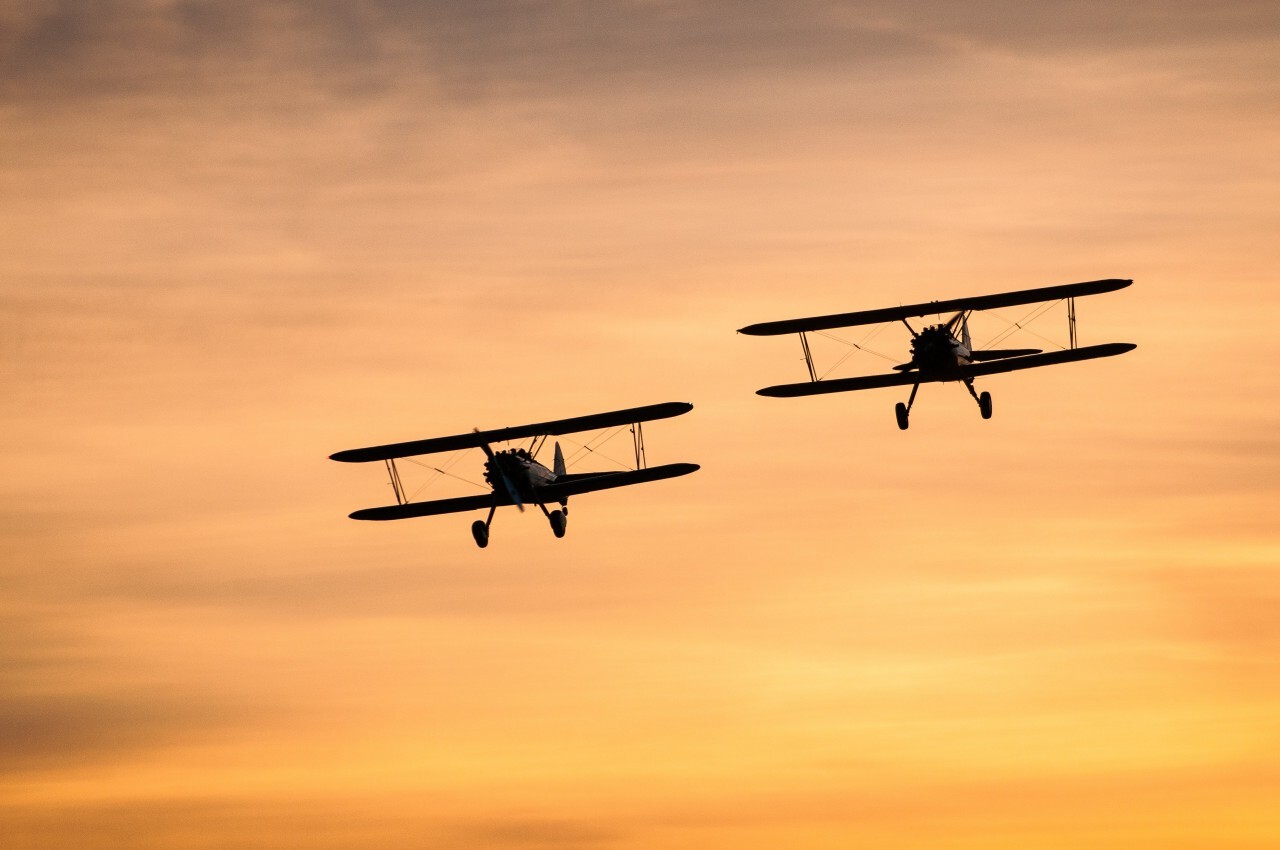
Aviation history is packed with incredible milestones and fascinating stories. Ever wondered how humans went from dreaming about flying to actually soaring through the skies? From the Wright brothers' first flight to the development of supersonic jets, aviation has come a long way. Did you know that the first commercial flight took place in 1914, covering just 23 minutes? Or that Amelia Earhart was the first woman to fly solo across the Atlantic Ocean? These achievements have shaped the way we travel and connect with the world today. Buckle up as we explore 13 amazing facts that highlight the evolution of aviation.
Key Takeaways:
- The Wright Brothers made history with the first powered flight, while Amelia Earhart and Charles Lindbergh broke barriers in aviation, paving the way for modern air travel.
- From the iconic Concorde to the innovative Airbus A380 and Boeing 787 Dreamliner, commercial aviation has evolved to make air travel more efficient and sustainable for the future.
The Early Days of Aviation
Aviation history is filled with fascinating milestones and daring pioneers. Let's explore some key moments and figures that shaped the skies.
-
The Wright Brothers achieved the first powered flight on December 17, 1903, in Kitty Hawk, North Carolina. Their aircraft, the Wright Flyer, stayed aloft for 12 seconds and covered 120 feet.
-
Amelia Earhart became the first woman to fly solo across the Atlantic Ocean in 1932. Her journey from Newfoundland to Ireland took about 15 hours, making her an aviation legend.
-
Charles Lindbergh completed the first solo nonstop transatlantic flight in 1927. His aircraft, the Spirit of St. Louis, flew from New York to Paris in 33.5 hours.
World War II and Aviation
The Second World War significantly advanced aviation technology and tactics. Here are some pivotal developments from that era.
-
The Battle of Britain in 1940 saw the first major military campaign fought entirely by air forces. The Royal Air Force's victory over the German Luftwaffe was a turning point in the war.
-
The Boeing B-29 Superfortress was the first bomber to feature a pressurized cabin, allowing it to fly at higher altitudes. It played a crucial role in the Pacific Theater, including dropping atomic bombs on Hiroshima and Nagasaki.
-
The introduction of jet engines revolutionized military aviation. The German Messerschmitt Me 262, the world's first operational jet-powered fighter aircraft, entered service in 1944.
Commercial Aviation Takes Off
Post-war, commercial aviation expanded rapidly, making air travel accessible to the masses. Let's look at some key milestones.
-
The de Havilland Comet, introduced in 1952, was the world's first commercial jet airliner. It significantly reduced travel time and set the stage for modern air travel.
-
Pan American World Airways, or Pan Am, inaugurated the first commercial transatlantic jet service in 1958. Their Boeing 707 flew from New York to Paris, marking a new era in international travel.
-
The Concorde, a supersonic passenger jet, began commercial service in 1976. It could fly from New York to London in just under three hours, cutting travel time by more than half.
Modern Aviation Innovations
Today's aviation industry continues to innovate, pushing the boundaries of technology and sustainability. Here are some recent advancements.
-
The Airbus A380, the world's largest passenger airliner, made its first flight in 2005. It can carry up to 853 passengers, offering unprecedented capacity and comfort.
-
Boeing's 787 Dreamliner, introduced in 2011, uses advanced composite materials and fuel-efficient engines. This aircraft represents a significant leap in reducing the environmental impact of air travel.
-
Electric and hybrid-electric aircraft are emerging as the future of aviation. Companies like Eviation and Ampaire are developing planes that promise to reduce carbon emissions and operating costs.
Space and Beyond
Aviation history isn't just limited to our atmosphere. Space exploration has opened new frontiers for humanity.
- The Space Shuttle, first launched in 1981, was the first reusable spacecraft. It revolutionized space travel by allowing multiple missions with the same vehicle, paving the way for future space exploration.
Aviation history is a testament to human ingenuity and the relentless pursuit of progress. From the Wright Brothers' first flight to the latest innovations in space travel, each milestone brings us closer to the skies and beyond.
Final Thoughts on Aviation History
Aviation history is packed with fascinating milestones and remarkable achievements. From the Wright brothers' first flight to the development of supersonic jets, each step has pushed the boundaries of what's possible. Understanding these facts not only gives us a greater appreciation for the technological advancements but also highlights the human ingenuity and determination behind them. Whether you're a history buff or just curious about how we got from wooden gliders to modern aircraft, these facts offer a glimpse into the incredible journey of aviation. So next time you board a plane, remember the pioneers who made it all possible. Keep exploring, keep learning, and who knows? Maybe you'll uncover even more amazing stories from the skies.
Frequently Asked Questions
Was this page helpful?
Our commitment to delivering trustworthy and engaging content is at the heart of what we do. Each fact on our site is contributed by real users like you, bringing a wealth of diverse insights and information. To ensure the highest standards of accuracy and reliability, our dedicated editors meticulously review each submission. This process guarantees that the facts we share are not only fascinating but also credible. Trust in our commitment to quality and authenticity as you explore and learn with us.


